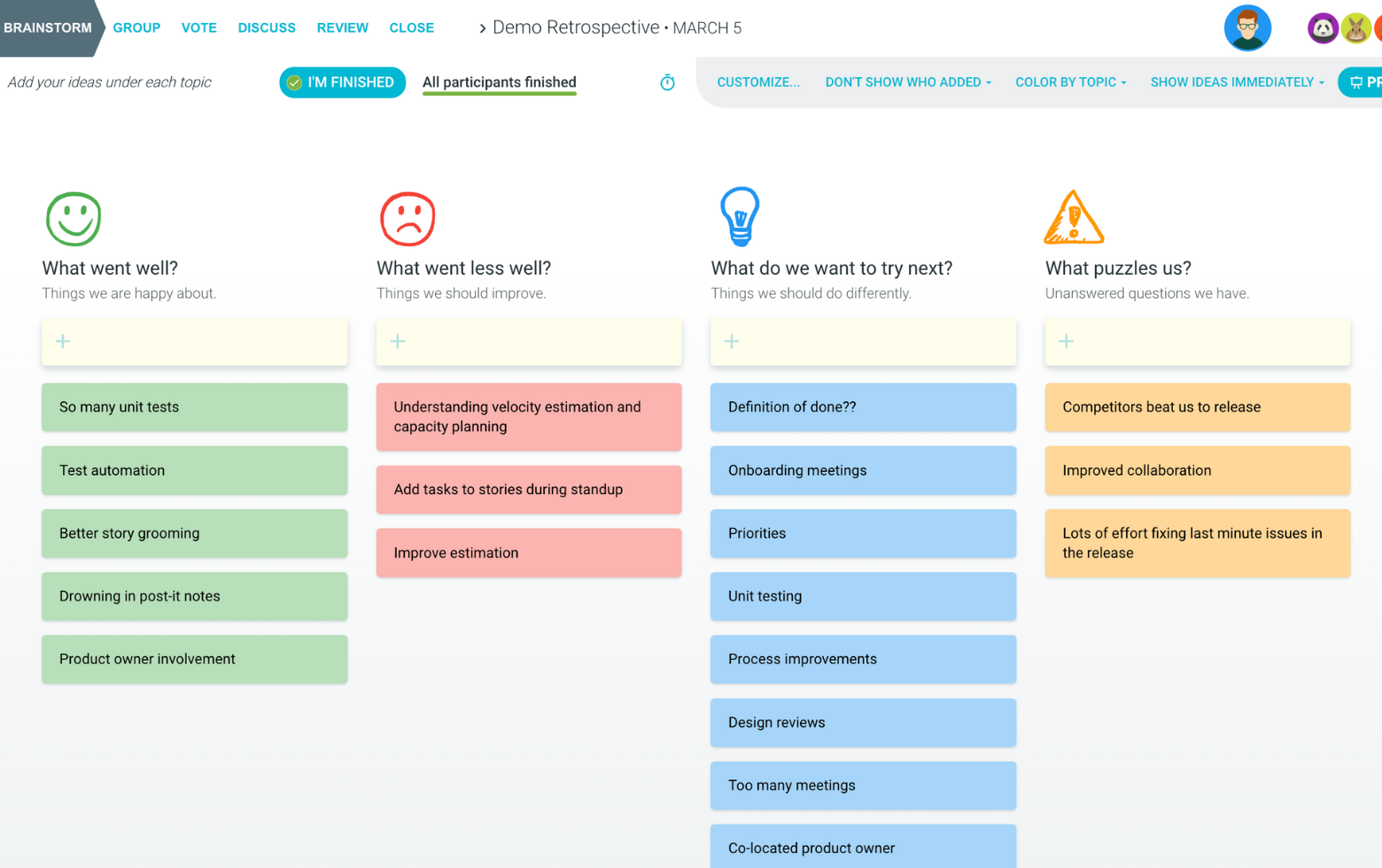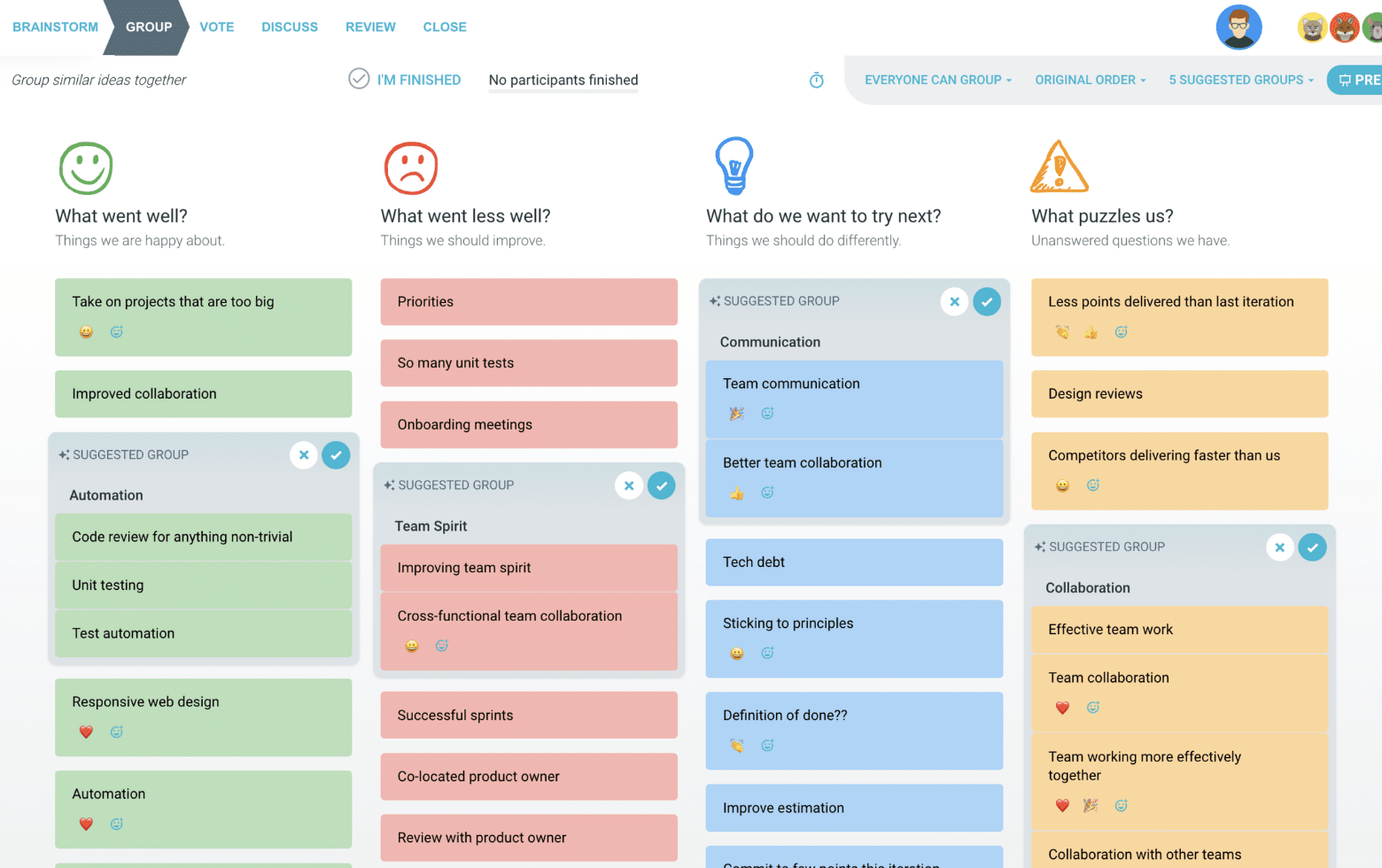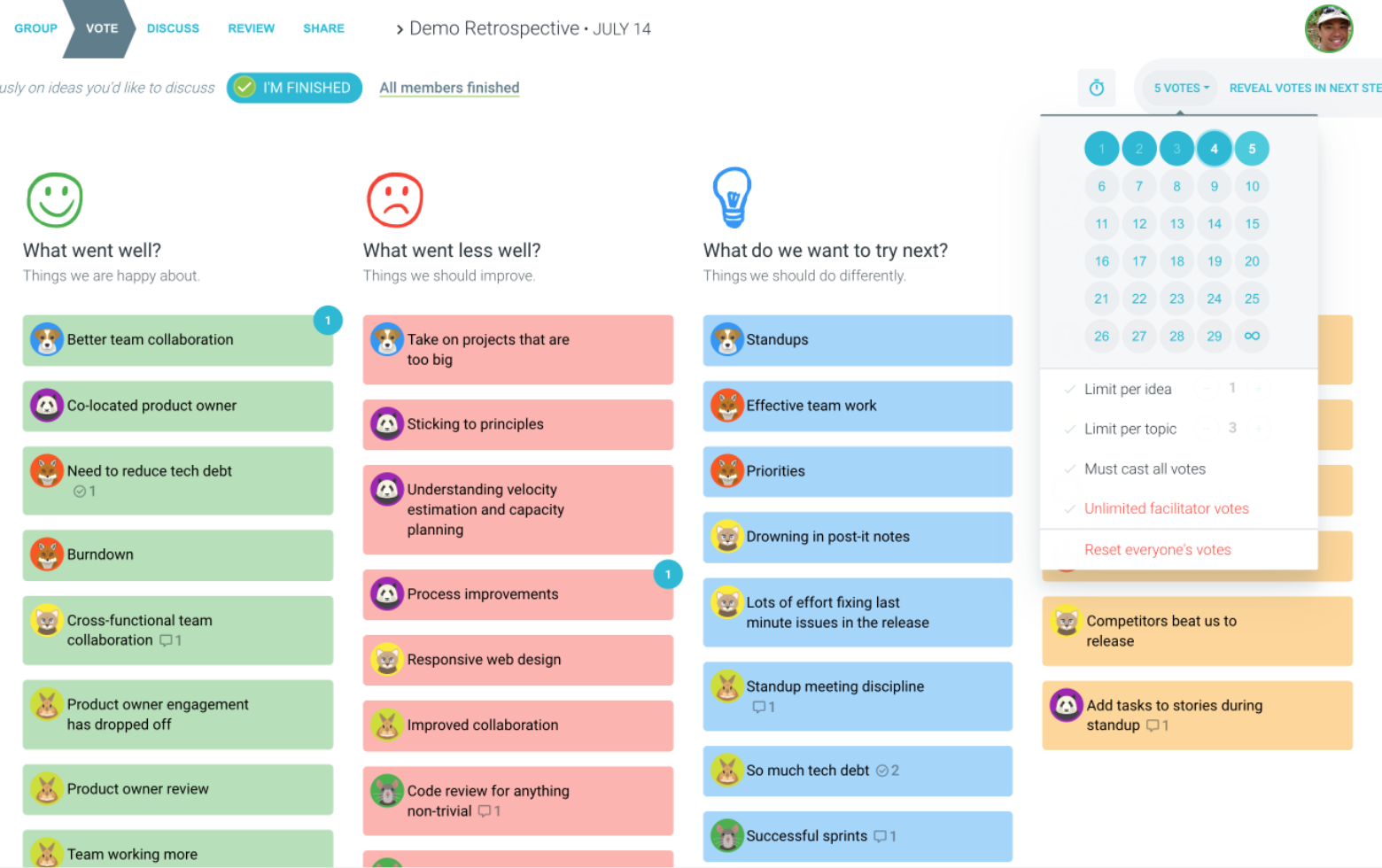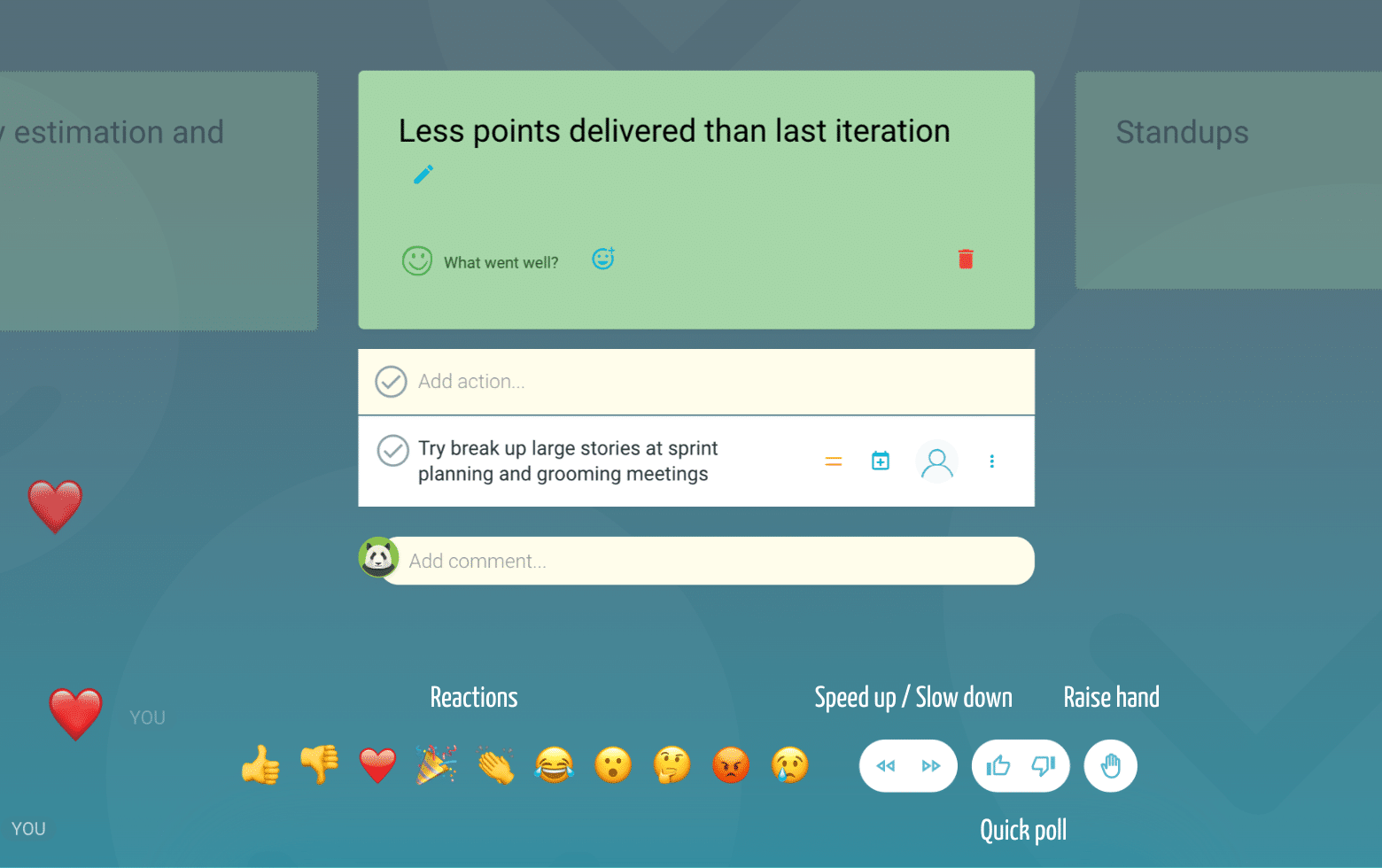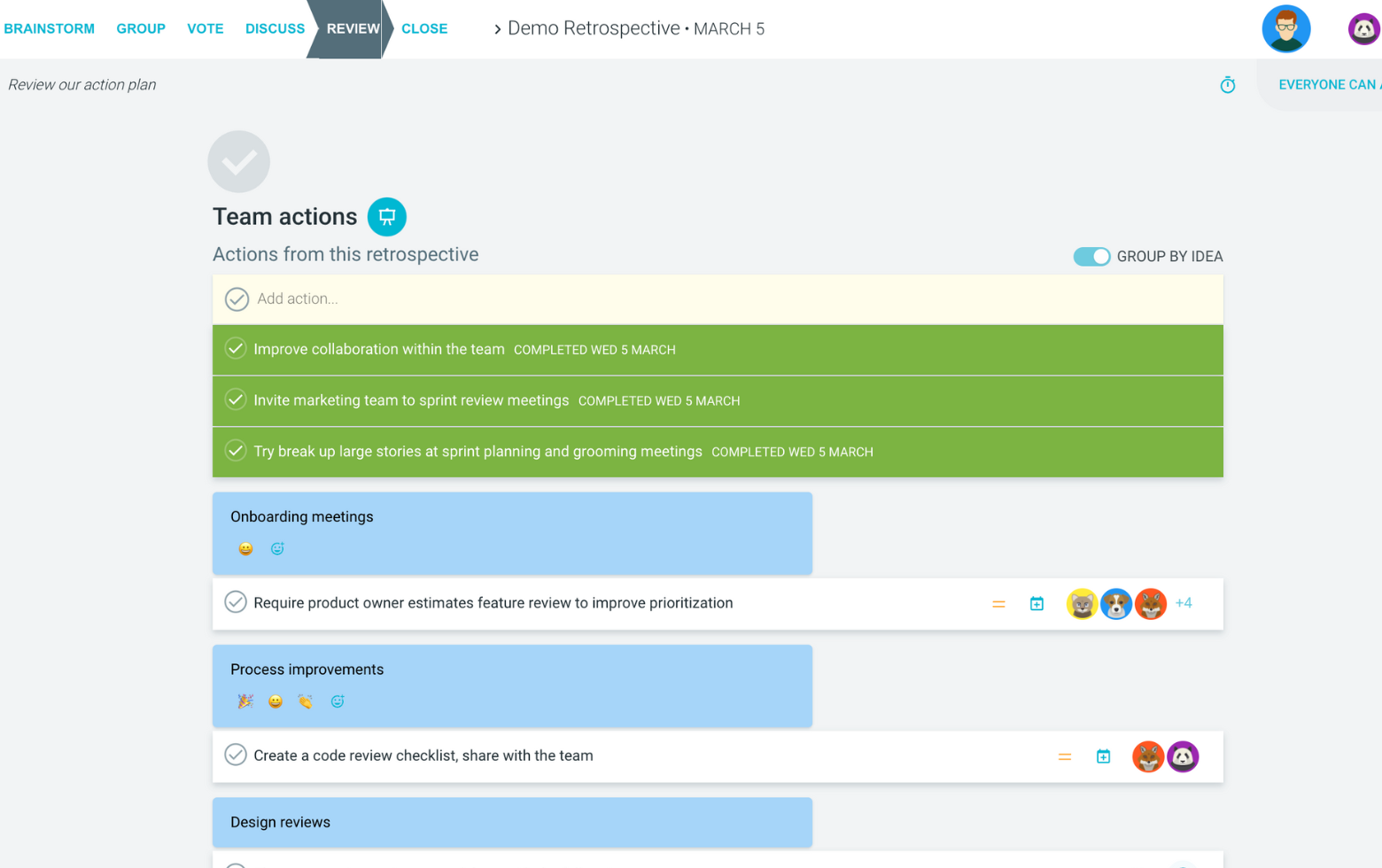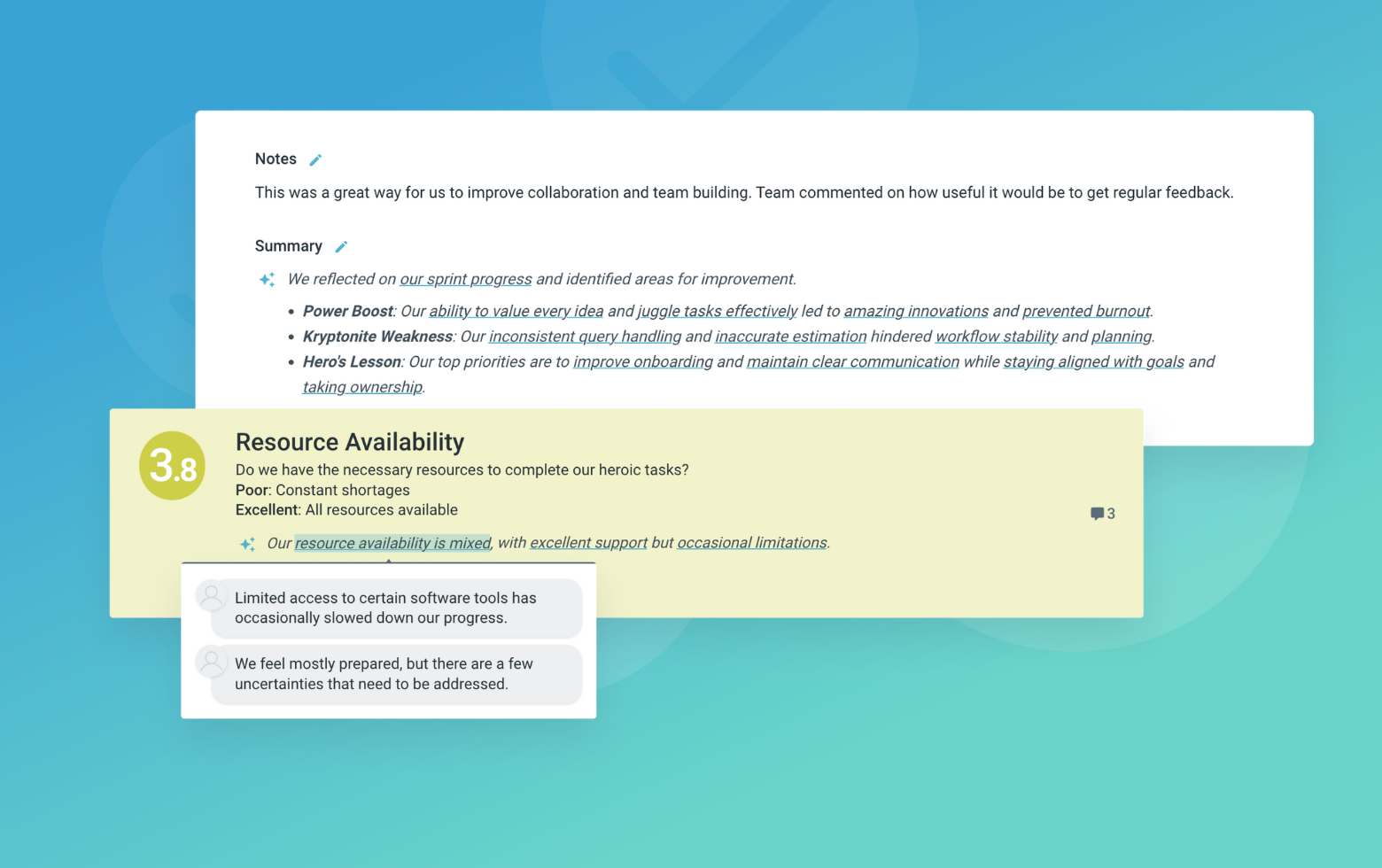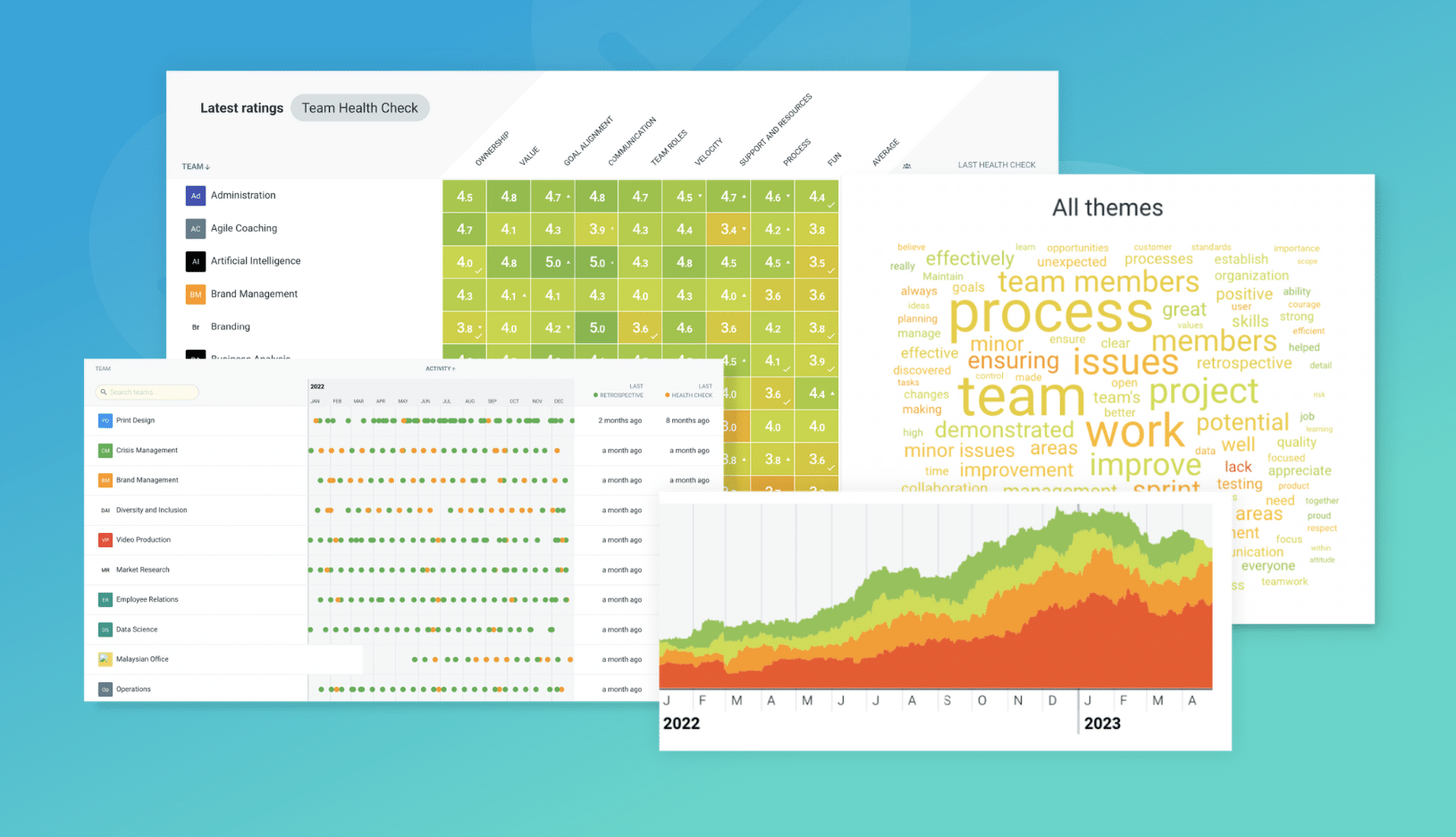What is the Wrap retrospective?
The WRAP or WARP retrospective as it is sometimes known, is an easy way to inject fun into the review of your last sprint. It encourages the team to think about possibilities, expand their current state of mind, and build rapport while keeping risk management in mind.
This easy retrospective idea is based on a concept by Nick Oostvogel and aims to explore different aspects of a sprint or event.
This alternative retrospective format might be good for helping to build team culture and moving to a more positive mindset, with a sense of gratitude.By expanding the team to examine multiple aspects of a sprint, it can help promote original ideas whilst still recognising the people who have brought value to the project so far. This you break away from repetitive, boring retrospective analysis strategies and brings fresh thinking into the mix.
The Key Components of a WRAP retrospective
Tips and learnings in running a WRAP retrospective
Wishes
This topic can produce some far-fetched ideas however, that is the point! What would make the ideal sprint? What would make you most proud? Even if it’s a long-shot, what do you hope will happen?
Risks
What could slow things down or even completely derail things? What possible pitfalls or hazards should be avoided? Are there threats or vulnerabilities that are yet to be addressed?
Appreciations
When did you feel grateful and who was it that made you feel this way? Who helped you? Who really made a difference during the last sprint? Remember, these things don’t have to be project-related.
Puzzles
Is there anything perplexing you? Is there something you’re grappling with or seeking clarity on? Is there anything you’re feeling doesn’t quite make sense?

Suggested icebreaker questions for WRAP retrospective
- When do you find yourself wishing for something?
- Name someone you’ve always appreciated and why?
- What’s something that puzzled you as a kid?
Retro Rehearsal
Invite your team to rehearse the retro referencing something that will happen soon.
For example, Check out this clip – What wish, risk, appreciation or puzzle does it spark in you?
Ideas and tips for your WRAP retrospectives
- If time allows, play a game before the retrospective. They are a great way to energize a team.
- Make the most of your presentation mode and drill down into ideas at the brainstorming, grouping as well as discussion stages of your retrospective. This will let those who contributed the input the chance to explain and feel heard.
- Make brainstorming anonymous to allow people to feel safe when contributing their thoughts. People will feel more engaged when they feel like they can air what they need to.
- A way of combating groupthink and bias is to run the retro asynchronously. Share the template a couple of days before the meeting so people have time to think and pre-populate the columns.
- Use a Return on Time Invested (ROTI) tool to monitor the effectiveness of your meeting.
How to run a WRAP retrospective in TeamRetro
Start Your Session in a Click
Log into TeamRetro and choose your template. Customise questions and the workflow to create your perfect retro for your team.
Create Your Team Easily – No Separate Accounts Needed
Brainstorm Individually – Free From Bias
Smart Grouping for Faster Insights
Fair, Flexible, and Fast Voting
Engage, React, and Capture Key Insights
Walk your team through ideas one by one with Presentation Mode. Stay in sync, spark real-time discussions, and capture feedback with comments, live reactions, and polls—all in one place.
Turn Ideas Into Action
Propose next steps with team buy-in, get AI-powered action suggestions, and keep everything in one place. Committed actions sync to your personal dashboard and integrate with your workflow tools—keeping you on track.
Save, Share, and Stay on Track
Get quick AI-powered summaries, add facilitator notes, and store retrospectives in your library for easy access. Schedule your next session and track published actions to keep your team accountable at the next retro.
Turn Team Data into Actionable Insights
Uncover trends, common themes, and key engagement metrics at a glance. Track sentiment shifts, analyze conversations, and monitor completed actions to drive continuous improvement.


